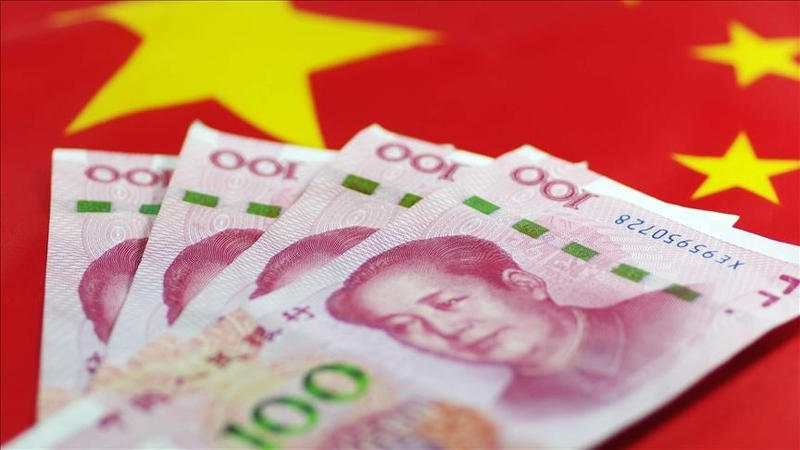Published 04:38 IST, August 30th 2024
The Chinese central bank's policy arsenal
Here is a rundown of its key interest rates and policy tools.

The People's Bank of China (PBOC) aims to create a more market-driven interest rate curve and move away from quantitative policy tools to help wean the economy off state-directed bank lending.
Here is a rundown of its key interest rates and policy tools.
Interest rates
Reverse repo rates – at which the PBOC purchases government bonds from commercial banks in open market operations, with an agreement to sell them back in the future, thereby providing banks with short-term liquidity. On July 22, the PBOC cut the seven-day reverse repo rate by 10 basis points (bps) to 1.7 per cent and has kept it steady since.
This rate has become the PBOC's main policy rate. The central bank uses an interest rate corridor made of temporary overnight repos and reverse repos to guide interbank rates to fluctuate around the benchmark.
Loan prime rates (LPR) - the benchmark lending rates that are based on quotes from 20 commercial banks. The PBOC has pledged to improve the quality of the LPR to better reflect actual borrowing costs.
On July 22, the PBOC cut the one-year LPR, linked to regular consumer loans, by 10 bps to 3.35 per cent and cut five-year rate, linked to mortgages, by the same margin to 3.85 per cent.
Medium-term lending facility (MLF) rate was the previous benchmark policy rate. It is the rate at which banks can borrow from the PBOC for one year. The one-year rate stands at 2.3 per cent.
At the end of June, outstanding funding through MLF stood at 7.07 trillion yuan ($994.6 billion) - approximately 5.6 per cent of GDP.
Standing loan facility (SLF) rate - for short-term loans to commercial banks. Use of the SLF is low. The seven-day SLF rate is at 2.7 per cent.
Interest rate on excess reserves – which banks receive for depositing surplus cash at the central bank. It stands at 0.35 per cent.
Qquantitative tools
Reserve Requirement Ratio (RRR) - the amount of cash banks need to keep as reserves with the central bank.
The PBOC has cut the weighted average RRR from nearly 15 per cent in 2018 to around 7 per cent, pumping more than 12 trillion yuan into the economy.
Open market operations (OMO) - the PBOC mainly conducts OMO via short-term repo and reverse repo operations to manage market liquidity.
Structural tools - the PBOC has in recent years expanded its basket of structural policy tools, including relending facilities and other low-cost loans, as it seeks to provide long-term support for some key sectors, including tech innovation, carbon reduction and affordable housing.
For example, the Pledged Supplementary Lending (PSL) facility, launched in 2014, provides long-term funding for government infrastructure and urban redevelopment - a form of property market support.
In May, the PBOC launched a 300 billion yuan relending programme to facilitate up to 500 billion yuan in funding for state-owned firms to buy empty apartments and turn them into affordable housing.
Outstanding structural monetary policy tools stood at 7.03 trillion yuan at the end of June, including 2.82 trillion through the PSL.
Updated 04:38 IST, August 30th 2024